Icetravagaza!: Ice shows at Rockefeller Center
Tuesday, December 19, 2017 by
On October 10, 1940, a new kind of entertainment was born at Rockefeller Center’s Center Theatre. Called It Happens on Ice, the show was dubbed “an icetravaganza” by its promoters and was formatted like a basic musical revue with songs, dance numbers, and comedic sketches. Only in this revue, the performers wore ice skates and glided across a frozen theater stage.
The ice skating revue was not a new idea, the travelling Ice Follies began coming to New York in 1937 performing at Madison Square Garden, and in 1915 ice skating was performed on stage as part of the larger revue Hip! Hip! Hooray!. No, the ice shows at Center Theatre were unique because they represented the first time a traditional theatre in New York was adapted to host a show performed entirely on ice. It Happens on Ice proved incredibly popular, and there were a grand total of nine iterations of ice skating-themed shows performed at the Center Theatre between 1940 and 1950, representing an almost continuous run of theatrical entertainment on ice.
Producing these shows was one of the biggest names in ice skating, Sonja Henie. The Norwegian darling of the figure skating world retired from competition 1936 and began a career as a professional entertainer. With Arthur Wirtz, owner of Chicago Stadium and the Blackhawks hockey team, Henie would go on to produce Center Theatre’s ice skating revues as well as her own touring shows. The initial challenge of converting the theatre’s stage to support ice skating was met by designer Norman Bel Geddes, though set design duties were taken over in later revues by Rockefeller Center’s resident designer Bruno Maine. American ballerina Catharine Littlefield choreographed all the shows despite the fact that she did not skate.
The shows employed hundreds of skaters throughout the decade. Some, like Audrey Peppe pictured above, skated competitively at the international level. Others came from different arenas in the ice skating world. Peppe’s partner in the picture, Mary Jane Yeo, got her start when Sonja Henie saw her skating at the Chicago Ice Club and cast her in It Happens on Ice. She was just 16 years old. The comedic trio The Bruises came from the world of European hockey. One day a British producer saw them goofing around on the ice before practice, and they got connected to the touring ice show circuit. In New York, The Bruises performed their antic routine dressed as cleaning women.
Skater Fritz Dietl was known for his artistry on ice and his invention. Seeming to defy the laws of physics, Dietl would glide across the ice on 24-inch high skating stilts that he had specially constructed. Injuries would still interrupt a skater’s career, but the shows’ popularity ensured that professional ice skaters would continue to have work on Broadway.
In 1950 that popularity began to wane, and the icetravaganza was experiencing diminishing returns. Despite retaining many of the popular stars and routines of the earlier versions, the last iteration, Howdy, Mr. Ice of 1950, closed due to low ticket sales. Announcing the show’s end, the New York Times estimated 9 million people saw the ice shows at Center Theatre. That’s as if every person in New York City (and about half a million other people) went down to Rockefeller Center to witness a magical spectacle on ice. Forget Star Wars, ice shows were the ultimate cultural touchstone.
After the last ice show closed, the Center Theatre was converted into television studio space, then the building was demolished in 1954. To learn more about New York City’s history with ice skating check out the Museum’s newest exhibition New York on Ice: Skating in the City.
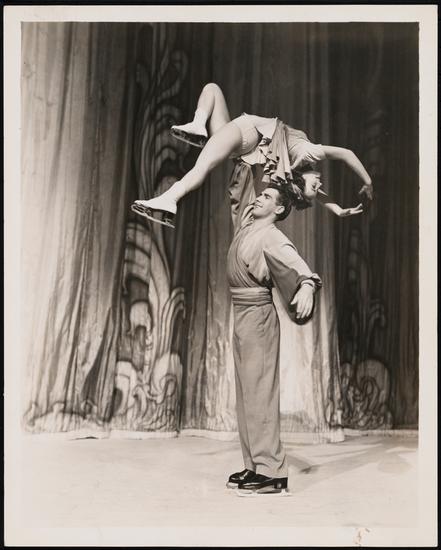
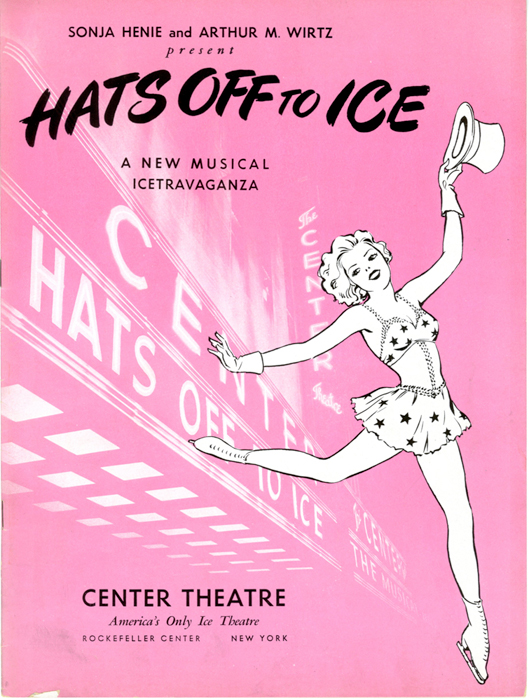
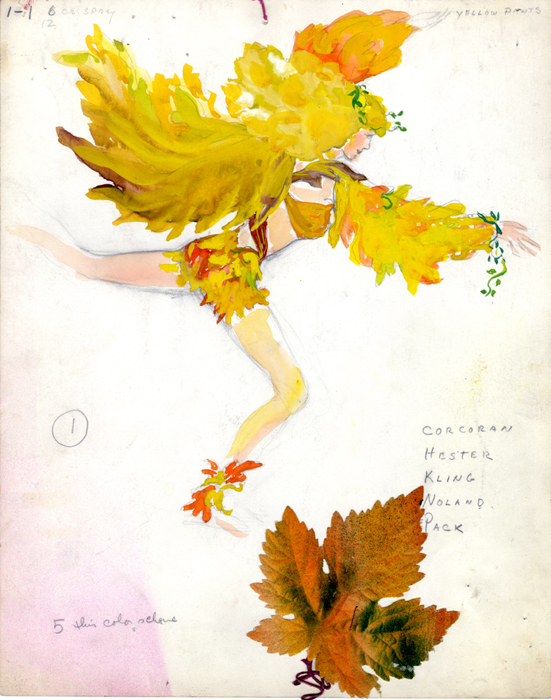
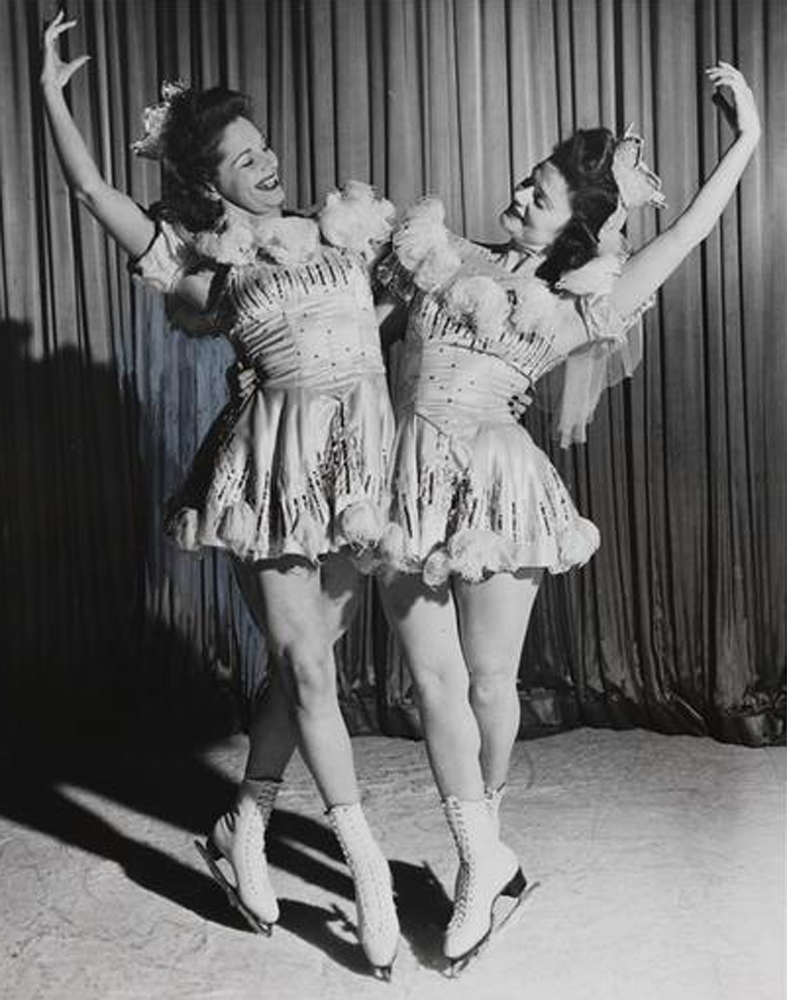
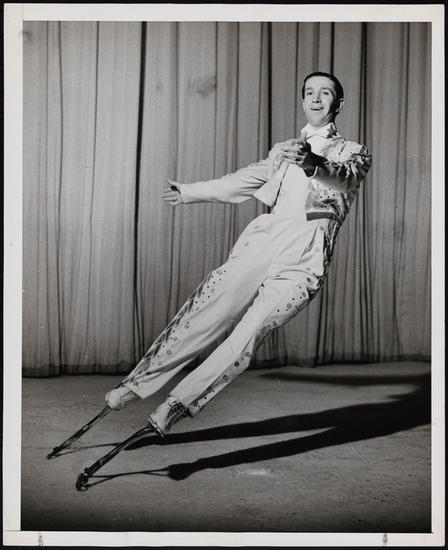
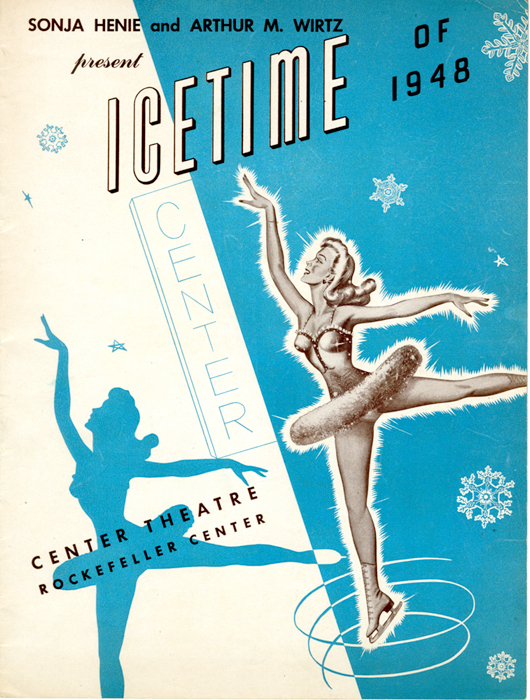
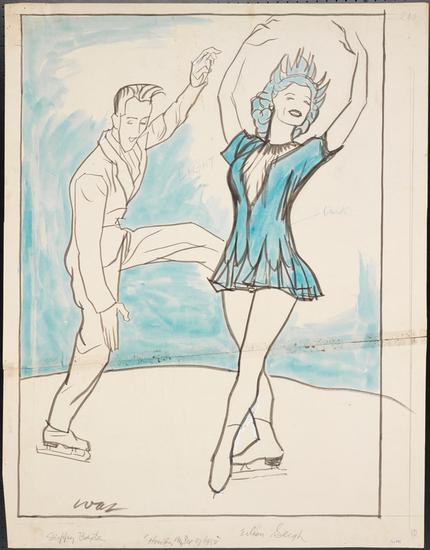
![A museum photo by Wurts Bros of [Mushing at the North American Winter Sports Show] taken in 1936.](https://www.mcny.org/sites/default/files/styles/mcny_col_3_thumbnail/public/X2010_7_2_06962.jpg?itok=BMO-MlgE)

